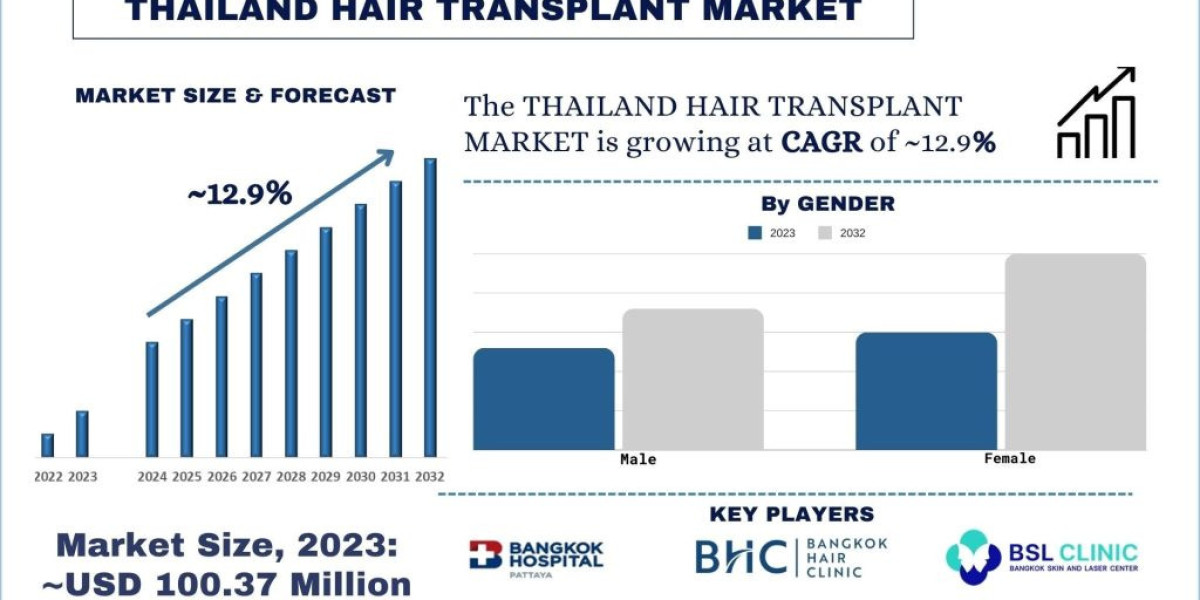In recent years, Nepal has witnessed a significant shift in its shopping landscape, with e-commerce emerging as a prominent and transformative force. The convenience, accessibility, and variety offered by online shopping platforms have captivated consumers, leading to an exponential growth in the sector. As Nepal continues to embrace digitalization, the future of shopping in the country is set to be increasingly dominated by e-commerce. This article explores the evolution, current trends, challenges, and future prospects of e-commerce in Nepal.
Evolution of E-Commerce in Nepal
E-commerce in Nepal began its journey relatively late compared to global trends. The initial reluctance towards online shopping stemmed from limited internet penetration, lack of digital literacy, and apprehensions about online transactions. However, as internet connectivity improved and smartphones became more affordable, the stage was set for the rise of e-commerce.
Early players like SastoDeal, Daraz, and HamroBazar pioneered the market, offering a wide range of products from electronics to fashion. These platforms introduced Nepali consumers to the convenience of shopping from the comfort of their homes, triggering a gradual shift in consumer behavior. The COVID-19 pandemic further accelerated this shift, as lockdowns and social distancing measures made traditional shopping methods less feasible.
Current Trends in Nepali E-Commerce
The e-commerce landscape in Nepal is now vibrant and diverse, with several key trends shaping its growth:
1. Mobile Commerce (M-Commerce)
The proliferation of smartphones has fueled the growth of e-commerce in Nepal. A significant portion of online shoppers now use mobile devices to browse, compare, and purchase products. E-commerce platforms have responded by optimizing their websites and apps for mobile users, ensuring a seamless shopping experience.
2. Social Commerce
Social media platforms like Facebook, Instagram, and TikTok have become powerful tools for e-commerce in Nepal. Businesses leverage these platforms to showcase their products, engage with customers, and drive sales. Social commerce allows for personalized interactions and targeted advertising, enhancing customer engagement and conversion rates.
3. Local and International Marketplaces
Nepali consumers have access to both local and international e-commerce platforms. While local platforms cater to specific regional needs and preferences, international giants like Amazon and Alibaba provide access to a vast array of global products. This dual access broadens consumer choices and fosters healthy competition among e-commerce players.
4. Cashless Transactions
The rise of digital payment solutions such as eSewa, Khalti, and IME Pay has facilitated cashless transactions, reducing the reliance on cash-on-delivery. These payment gateways offer secure and convenient options for online purchases, contributing to the growth of e-commerce in Nepal.
5. Logistics and Delivery Innovations
Efficient logistics and delivery systems are crucial for the success of e-commerce. In Nepal, companies are investing in innovative delivery solutions to ensure timely and reliable service. Partnerships with local courier services and the establishment of dedicated delivery networks have significantly improved the overall shopping experience.
Challenges Facing E-Commerce in Nepal
Despite its rapid growth, e-commerce in Nepal faces several challenges that need to be addressed to unlock its full potential:
1. Infrastructure and Connectivity
While internet penetration has improved, there are still regions in Nepal with limited connectivity. Ensuring reliable and high-speed internet access across the country is essential for expanding the reach of e-commerce.
2. Digital Literacy
A significant portion of the population remains digitally illiterate, hindering their ability to participate in online shopping. Initiatives to enhance digital literacy and educate consumers about the benefits and safety of e-commerce are crucial.
3. Trust and Security
Concerns about online fraud and data security continue to deter some consumers from embracing e-commerce. Building trust through secure payment gateways, transparent policies, and robust customer support is vital for overcoming these apprehensions.
4. Logistics and Delivery Challenges
Nepal's diverse geography poses challenges for logistics and delivery. Remote and mountainous regions are often difficult to access, leading to delays and higher delivery costs. Developing innovative and cost-effective delivery solutions is necessary to ensure wider coverage.
5. Regulatory Framework
A comprehensive regulatory framework that addresses issues such as consumer protection, taxation, and data privacy is essential for fostering a conducive environment for e-commerce. Clear and consistent policies can encourage investment and ensure fair competition.
Future Prospects of E-Commerce in Nepal
The future of e-commerce in Nepal looks promising, with several factors contributing to its continued growth:
1. Rising Internet Penetration
Efforts to expand internet connectivity, especially in rural areas, will bring more consumers into the e-commerce fold. As internet access becomes more widespread, the potential customer base for online shopping will expand significantly.
2. Technological Advancements
Advancements in technology, such as artificial intelligence, machine learning, and blockchain, will enhance the e-commerce experience. Personalized recommendations, chatbots for customer support, and secure blockchain-based transactions will become more prevalent, improving customer satisfaction and trust.
3. Expansion of Product Categories
E-commerce platforms in Nepal are continually expanding their product categories to cater to diverse consumer needs. From groceries and pharmaceuticals to home appliances and fashion, the range of available products is growing, making online shopping a one-stop solution for various requirements.
4. Collaboration with Local Businesses
Collaboration between e-commerce platforms and local businesses can create a win-win situation. Local businesses can leverage online platforms to reach a broader audience, while e-commerce companies can offer unique and region-specific products, enhancing their market appeal.
5. Sustainability and Ethical Shopping
As global awareness about sustainability and ethical consumption grows, Nepali consumers are also becoming more conscious of their shopping choices. E-commerce platforms that promote eco-friendly products, fair trade practices, and sustainable sourcing will attract a loyal customer base.
6. Government Support
Government initiatives to promote digitalization and e-commerce can play a crucial role in shaping the future of online shopping in Nepal. Supportive policies, infrastructure development, and incentives for startups can create a thriving e-commerce ecosystem.
Conclusion
The e-commerce revolution in Nepal is well underway, transforming the way people shop and businesses operate. While challenges remain, the opportunities for growth and innovation are immense. By addressing infrastructure, literacy, trust, and regulatory issues, Nepal can unlock the full potential of e-commerce, providing consumers with a convenient, diverse, and secure shopping experience. As the country continues to embrace digitalization, the future of shopping in Nepal is undoubtedly digital, dynamic, and exciting.



